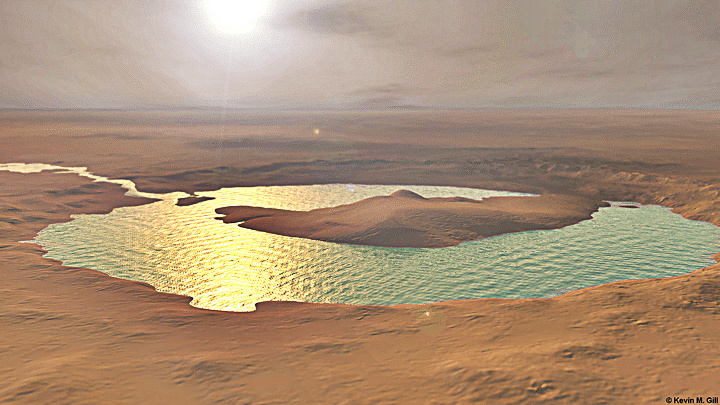At the edge
of the solar system, right before reaching interstellar space, robotic probes
are still finding undiscovered mysteries. NASA's New Horizons spacecraft, which
is speeding on from its 2015 encounter with Pluto to study an object in the
distant Kuiper Belt, appears to have detected what scientists are calling an
interstellar "hydrogen wall."
The space
barrier was detected with New Horizons' instrument Alice, a compact ultraviolet
imaging telescope and spectrometer. Alice's main goal on the New Horizons
mission was to gather information on the atmospheric conditions of Pluto.
But
scientists are now using Alice to study the edges of the solar system, and the
instrument detected an ultraviolet light source in the distance. In a new paper
published in Geophysical Research Letters, New Horizons scientists suggest that
the light is scattered by a wall of hydrogen. It is "best explained if the
observed ultraviolet light is not only a result of the scattering of sunlight
by hydrogen atoms within the solar system, but includes a substantial
contribution from a distant source," says the paper.
If the
mysterious light does in fact come from a hydrogen wall, scientists believe
that the wall could be formed by interstellar winds encountering our local
solar wind. The New Horizons team plans to continue studying the distant region
with Alice about twice a year.
"We
assume there’s something extra out there, some extra source of
brightness," co-author Randy Gladstone of the Southwest Research Institute
tells Gizmodo. "If we get a chance with New Horizons we can maybe image
it."
In 2013, the
Voyager 1 spacecraft crossed through the barrier of the solar system after
flying for almost 40 years, becoming the first human-made object to reach
interstellar space. The Voyager data matches up with Alice's, and as the years
go on, Alice will get a closer and closer look at this barrier at the edge of
the solar system, ultimately reaching interstellar space around 2040.
Before it
leaves the solar system, though, New Horizons still has plenty of exploring to
do. The spacecraft is going to fly near an object known as Ultima Thule—in the
Kuiper Belt beyond Pluto—on New Year's Day, 2019.



Post A Comment:
0 comments: